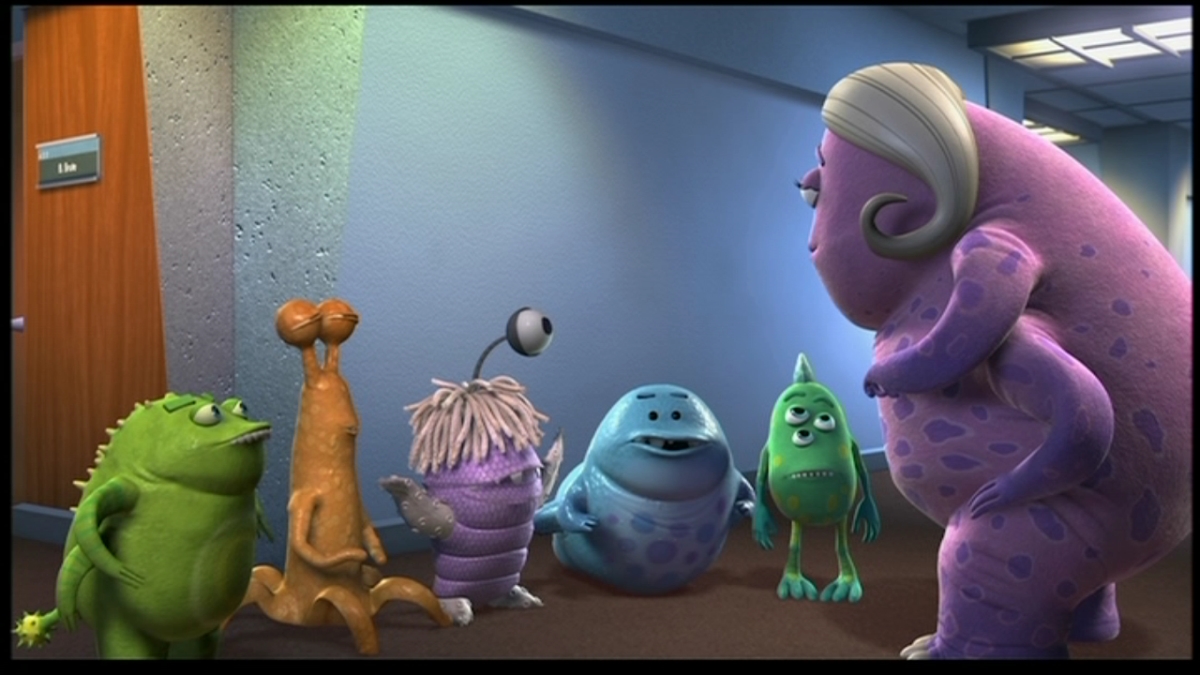Disney animation and speech therapy
Using Disney’s “Frozen” in Speech Therapy
Have you ever thought that going to the movies could be part of your job? Think about the students on your caseload and the movies they are watching. Keeping current with blockbusters lets you add culturally relevant context to therapy. If you work with elementary children, you will likely watch family films and animated offerings. If you work with adolescents, you may need to do a little research to find the top teen films of the year. Adding contemporary culture to therapy helps make connections across topics and settings. Using current references may be an important part of generalization. You don’t even have to see movies in the theater, because there is often a resurgence of attention when the DVD is released (and many children and families do not have the resources to see the film when it debuts anyway).
When you watch the movie, think about how different elements could be used in a therapeutic setting. Let’s take Disney’s “Frozen” as an example:
Articulation: Make note of the names of characters, places, events and actions. Use these words to create custom word lists:
- Frozen /s, z/ words: Elsa, Kristoff, Sven, Hans, princess, sister, frozen, snow, snowman, freeze, ice/icy, trolls, castle, sleigh, horse, save, ice skates, and more.
- Use the words to create tongue twisters: “Elsa and her sister ice skated.”
Semantics: Use the setting to generate semantic webs (connect objects and concepts relating to the theme). Discuss the relationship between the different items and generate synonyms and antonyms.
- Frozen themes: castles (king/queen/princess, doors/chambers/halls, kingdom/realm/village), winter (ice/snow/cold, hats/gloves/jackets, seasons/months/holidays).
Syntax: The events in the movie can serve as sentence starters with coordinating (and, but, or) and subordinating (because, before, after, etc.) conjunctions.
- Elsa had magic abilities but (Anna) …
- It looked like the King and Queen were talking to mossy rocks, but (they were really) …
- Elsa wore gloves all the time because …
- Elsa ran away from her sister because …
- After Elsa ran away, (Anna) …
Pragmatics: Characters in the movies have feelings and expressions. Still images of characters show how facial expressions indicate an emotional state. Identify the physical clues that show emotions, generate reasons (using the context of the story) for the character’s feelings, and make hypotheses about what happens next or what could have happened.
- You can use Google Images or Disney’s Frozen Gallery.
- Frozen addresses important social and relationship elements, such as duplicity (e.g., Hans lying/pretending to like Anna), and accidents (e.g., Elsa inadvertently harming Anna). Have students relate these situations to their own lives.
We can bring our perceptual, analytical and reflective abilities to create therapy activities using popular media. Movies for children and teens contain elements that can add fun to treatment sessions. We can help students express themselves with topics they love.

